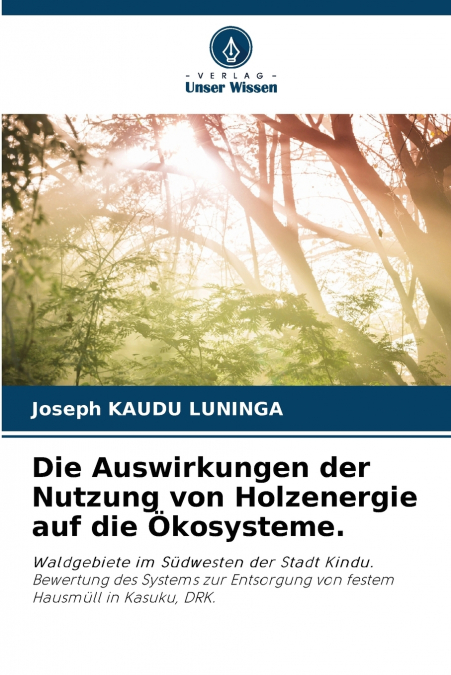
Joseph KAUDU LUNINGA
Die Frage der Haushaltsenergie ist weltweit und insbesondere in den Entwicklungsländern nach wie vor ein wichtiges Thema, da die Mehrheit der Bevölkerung hauptsächlich Brennholz, Holzkohle und landwirtschaftliche Rückstände nutzt, um ihren Energiebedarf für das Kochen zu decken (Aruna Sefu, 2011).Laut FAO (2007) wird die Weltbevölkerung auf 6 Milliarden Menschen geschätzt, von denen 2 Milliarden Holz zum Kochen oder Heizen verwenden und 1,6 Milliarden direkt vom Wald abhängen.In der Demokratischen Republik Kongo ist die Bevölkerung nicht von der Verschwendung von Haushaltsabfällen verschont geblieben. Dort ist eine Vielfalt an Ablagerungen von Abfällen aller Art auf Parzellen, Straßen, Haltestellen, Freiflächen und in Rinnsteinen zu beobachten, und das trotz der Verordnung der belgischen Kolonie vom 4. Juni 1926, Abschnitt 5, geändert am 15. Juli 1975, Nr. 75 - 633, über die öffentliche Hygiene in Siedlungen.